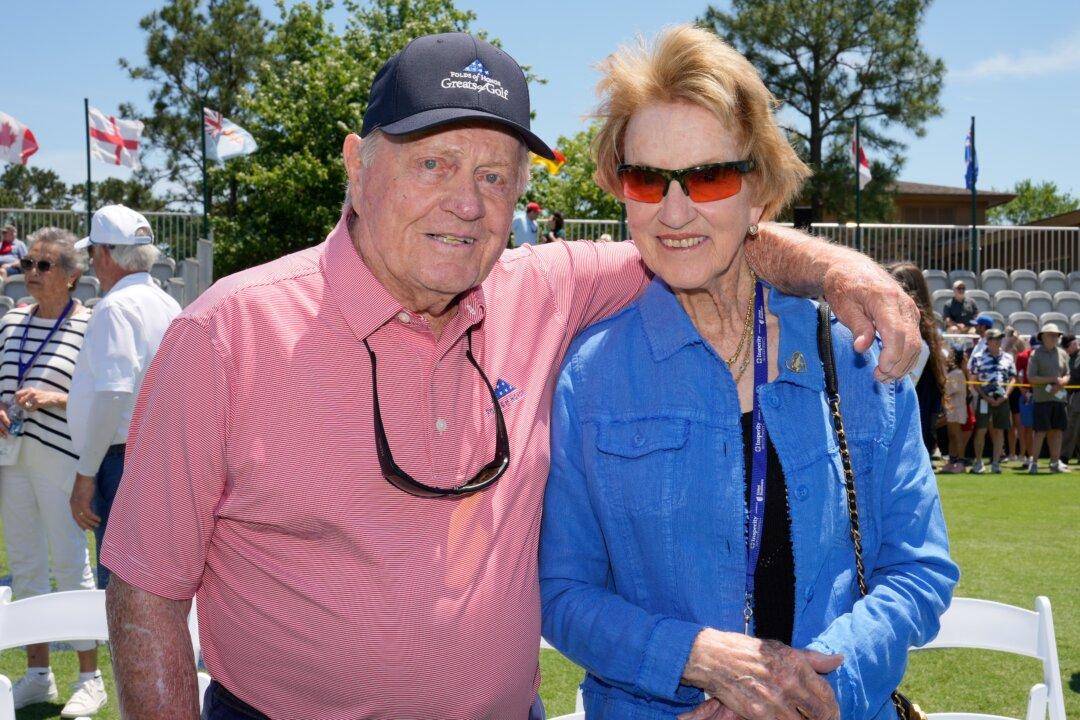University Place, WA—With Chambers Bay being a completely new site for this year’s 115th U.S. Open Championship, the main focus for players is what kind of course set-up they will encounter each day. Chambers Bay can play in excess of 7,800 yards but will likely range anywhere from 7,200 to 7,600 yards with a par of 70. The layout opened in 2007 and while a U.S. Amateur was played here in 2010,the course has gone through some additional tweaking in preparation for the first round action.
The spotlight will shine brightly on the United States Golf Association’s (USGA) Executive Director Mike Davis. It'll be especially bright given the fact that Davis will be the point man in setting up the golf course with a 300-feet of elevation change—the most ever for a U.S. Open site—and that the greens and all grasses are a fescue surface—the first time for that—and that the putting greens provide an array of vexing contours with ample twist and turns and sizes.
With the usage of fescue grass the USGA is seeking to achieve the preferred “fast and firm” conditions they desire for their grand event. Such conditions provide for an added element that players must consider when hitting shots at any hole: what will the ball do when it lands? How much of a bounce needs to be calculated in order to secure an easier next shot? It is that degree of uncertainty that has many players on the edge as the battle for America’s National Championship commences today.





